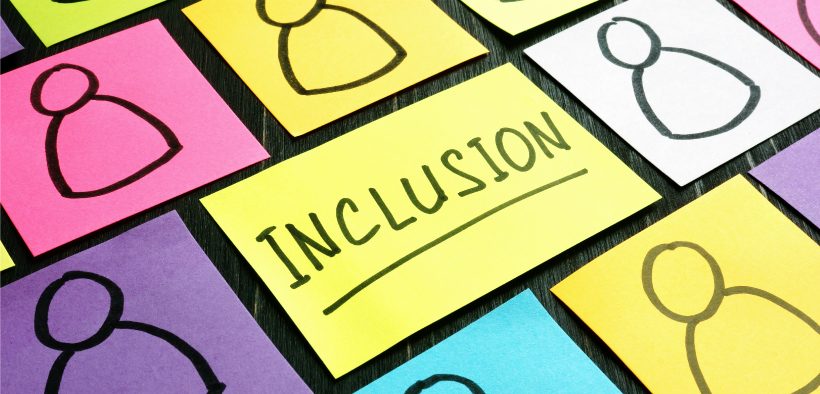The past 18 months brought us to see systemic challenges and disparities in higher education. The new emphasis on diversity, equity, and inclusion has pushed each of us to recognize hidden barriers and inequities that our students have been dealing with all along. In my desire to be a compassionate teacher, I ask myself: What else should I be doing to be “inclusive”?
Walk the Talk: Design (and Teach) an Equitable and Inclusive Course

Related Articles
I have two loves: teaching and learning. Although I love them for different reasons, I’ve been passionate about...
Active learning is a mostly meaningless educational buzzword. It’s a feel-good, intuitively popular term that indicates concern for...
Perhaps the earliest introduction a student has with a course is the syllabus as it’s generally the first...
Generative AI allows instructors to create interactive, self-directed review activities for their courses. The beauty of these activities...
I’ve often felt that a teacher’s life is suspended, Janus-like, between past experiences and future hopes; it’s only...
I teach first-year writing at a small liberal arts college, and on the first day of class, I...
Proponents of rubrics champion them as a means of ensuring consistency in grading, not only between students within...








One Response
The heart image says it all: if we genuinely care about our students we will make every effort to provide space for them to learn and grow – irrespective of who they are and where they come from. Thanks, Ching-Yu.